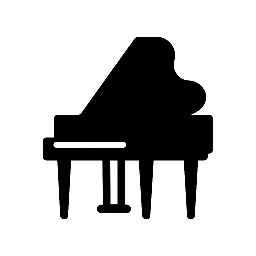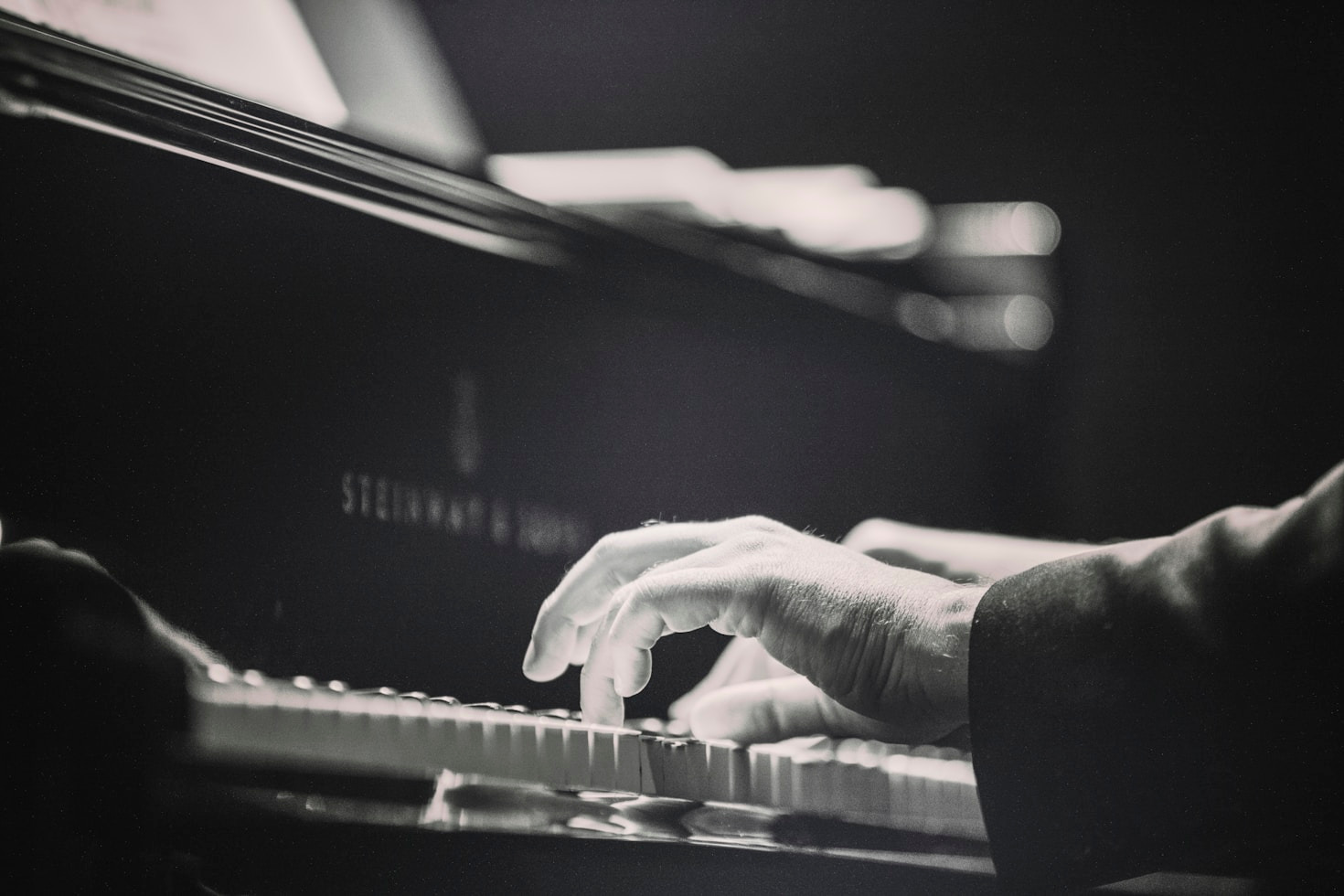For aspiring pianists, understanding the impact of jazz on modern piano playing is essential to developing a well-rounded musical voice. Since its emergence in the early 20th century, jazz has revolutionized the piano’s role, introducing new rhythmic complexities, harmonic language, and improvisational freedom that continue to influence contemporary composers and performers across genres.
At the heart of jazz piano is improvisation—an art that challenges pianists to think beyond written notes and engage actively with musical ideas in real time. Legends such as Thelonious Monk, Bill Evans, and Herbie Hancock pushed harmonic boundaries, employing extended chords, modal scales, and syncopated rhythms that have since permeated classical, pop, and film music. Their approaches emphasized personal expression, spontaneity, and interaction, offering pianists tools to develop their unique musical identities.
Modern pianists frequently blend classical technique with jazz idioms to create fresh, genre-defying styles. In film scoring, composers like Jon Batiste and the late Michel Legrand have drawn from jazz harmony and phrasing to bring emotional nuance and complexity to their music. In contemporary solo piano works, jazz-infused compositions often feature swing feel, blues scales, and lush chord voicings that reflect the genre’s enduring legacy.
For those studying piano today, exploring jazz is not just about mastering a genre—it’s about expanding one’s musical vocabulary. Incorporating jazz elements into your playing can enhance your sense of rhythm, improve your ear, and foster a deeper understanding of harmony and improvisation. Whether you pursue jazz seriously or draw on it as inspiration, its influence offers valuable lessons in creativity, flexibility, and expressive depth.


Leave a Reply